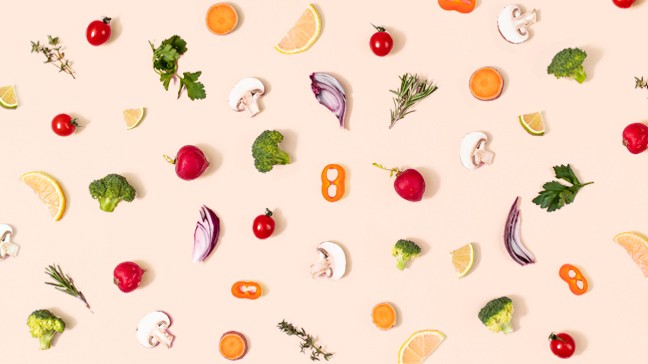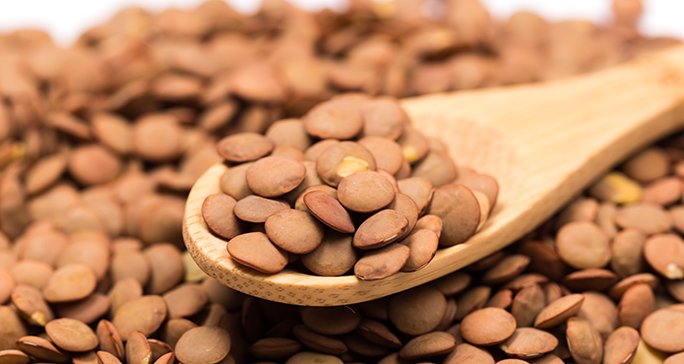Rainbow veggie roll-up with peanut sauce recipe
- Diseases
- Acoustic Neuroma (16)
- Adrenal Gland Tumor (24)
- Anal Cancer (70)
- Anemia (2)
- Appendix Cancer (18)
- Bile Duct Cancer (26)
- Bladder Cancer (74)
- Brain Metastases (28)
- Brain Tumor (234)
- Breast Cancer (726)
- Breast Implant-Associated Anaplastic Large Cell Lymphoma (2)
- Cancer of Unknown Primary (4)
- Carcinoid Tumor (8)
- Cervical Cancer (164)
- Colon Cancer (168)
- Colorectal Cancer (118)
- Endocrine Tumor (4)
- Esophageal Cancer (44)
- Eye Cancer (36)
- Fallopian Tube Cancer (8)
- Germ Cell Tumor (4)
- Gestational Trophoblastic Disease (2)
- Head and Neck Cancer (14)
- Kidney Cancer (130)
- Leukemia (342)
- Liver Cancer (50)
- Lung Cancer (286)
- Lymphoma (278)
- Mesothelioma (14)
- Metastasis (30)
- Multiple Myeloma (100)
- Myelodysplastic Syndrome (60)
- Myeloproliferative Neoplasm (6)
- Neuroendocrine Tumors (16)
- Oral Cancer (102)
- Ovarian Cancer (178)
- Pancreatic Cancer (160)
- Parathyroid Disease (2)
- Penile Cancer (14)
- Pituitary Tumor (6)
- Prostate Cancer (150)
- Rectal Cancer (58)
- Renal Medullary Carcinoma (6)
- Salivary Gland Cancer (14)
- Sarcoma (238)
- Skin Cancer (300)
- Skull Base Tumors (56)
- Spinal Tumor (12)
- Stomach Cancer (66)
- Testicular Cancer (28)
- Throat Cancer (92)
- Thymoma (6)
- Thyroid Cancer (100)
- Tonsil Cancer (30)
- Uterine Cancer (86)
- Vaginal Cancer (18)
- Vulvar Cancer (22)
- Cancer Topic
- Adolescent and Young Adult Cancer Issues (22)
- Advance Care Planning (12)
- Biostatistics (2)
- Blood Donation (18)
- Bone Health (8)
- COVID-19 (360)
- Cancer Recurrence (120)
- Childhood Cancer Issues (120)
- Clinical Trials (628)
- Complementary Integrative Medicine (22)
- Cytogenetics (2)
- DNA Methylation (4)
- Diagnosis (238)
- Epigenetics (6)
- Fertility (62)
- Follow-up Guidelines (2)
- Health Disparities (14)
- Hereditary Cancer Syndromes (128)
- Immunology (18)
- Li-Fraumeni Syndrome (8)
- Mental Health (122)
- Molecular Diagnostics (8)
- Pain Management (62)
- Palliative Care (8)
- Pathology (10)
- Physical Therapy (18)
- Pregnancy (18)
- Prevention (936)
- Research (390)
- Second Opinion (78)
- Sexuality (16)
- Side Effects (616)
- Sleep Disorders (10)
- Stem Cell Transplantation Cellular Therapy (216)
- Support (408)
- Survivorship (328)
- Symptoms (182)
- Treatment (1788)
Phytonutrients: How to eat all the colors of the rainbow
3 minute read | Published July 21, 2021
Medically Reviewed | Last reviewed by an MD Anderson Cancer Center medical professional on July 21, 2021
When it comes to vegetables, whole grains, legumes and fruit, many dietitians will tell you to make sure you eat the full rainbow of colors.
Eating the rainbow of plant foods as part of a plant-based diet is a simple way to ensure your body gets all the nutritional benefits plants have to offer.
Different colors signal different phytonutrients, sometimes called antioxidants. These are tiny compounds that plants use to protect themselves. When you eat them, you get the benefit, too.
“Like any biologically living thing, plants have adapted tools that help them survive,” says Lindsey Wohlford, wellness dietitian at MD Anderson. “Phytonutrients formed to keep plants healthy by fighting diseases and other threats. They benefit the plant, and that benefit is passed on to us.”
Phytonutrients are still being studied, but research is starting to show that they may:
- Stimulate your immune system to fight disease
- Reduce inflammation
- Prevent DNA damage and help DNA repair
- Reduce cell damage
- Slow cancer cell growth
- Regulate hormones
- Neutralize some toxins and stop them from becoming carcinogens
Here are four tips to help you eat all the colors of the rainbow.
Make colorful meals
When you make a meal, focus on making it colorful. “Look at your plate and see if you have three or four different colored plant foods on it,” says Wohlford. “If there is a color missing, make a mental note to add that to your next meal.”
Try the grocery store color challenge
When you shop, aim to get foods in all the colors of the rainbow. This will mean you have all the different colors available when it’s time to make a meal.
“This is great for kids. You can send them off in search of the different colors,” says Wohlford. “It also encourages them to take ownership and eat the food later when you prepare it.”
Maximize your salads
You can add just about any color of plant food to a salad. Orange carrots, green leaves, red tomatoes, light colored nuts and seeds, and even purple.
“I always keep a head of red cabbage, which is really purple, in my fridge. It lasts a long time and you can toss it in a salad. It also works in a sandwich or wrap if you want to get that color in,” says Wohlford.
Include as many plant foods in your diet as you can
It would be easy if there was one superfood that contained all the nutrients we need, but that’s not the case. They key is variety, which is harder to achieve. If you can aim to get as many plant foods into your diet as you can, you’ll be on the right track.
“You can’t really go overboard with vegetables, fruits and other plant foods,” says Wohlford. “If you can get a variety throughout the day, that’s great. But if there are some days where you don’t get one color, add those foods the next day.”
Request an appointment at MD Anderson online or by calling 1-833-982-2819.


They benefit the plant, and that benefit is passed on to you.
Lindsey Wohlford
Dietitian






